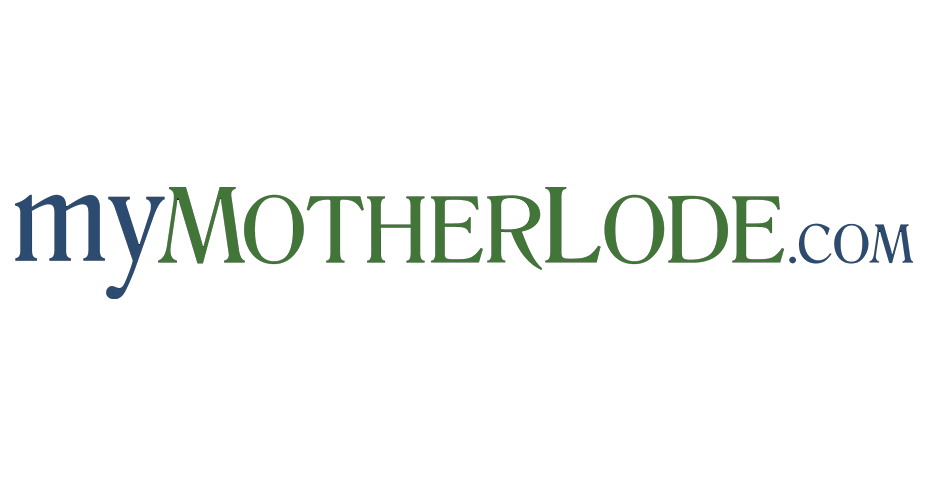MIAMI BEACH, Fla. (AP) — South Florida is seeing a wave of new cars, but they won’t add to traffic or lengthen anyone’s commute. That’s because these cars are made of marine-grade concrete and have been installed underwater.
Over several days late last month, crews lowered 22 life-sized car sculptures into the ocean, several hundred feet off South Beach. The project was organized by a group that pioneers underwater sculpture parks as a way to create human-made coral reefs.
Titled **“Concrete Coral,”** the installation was commissioned by the nonprofit REEFLINE and will soon be seeded with 2,200 native corals that have been grown in a nearby Miami lab. This innovative project is partially funded by a $5 million bond from the city of Miami Beach.
The group is also working to raise $40 million to expand the project, potentially through 11 phases, along an underwater corridor just off the city’s 7-mile-long (11-kilometer) coastline.
“I think we are making history here,” said Ximena Caminos, the group’s founder. “It’s one of a kind. It’s a pioneering, underwater reef that’s teaming up with science, teaming up with art.”
Caminos conceived the overall plan alongside architect Shohei Shigematsu. The car sculptures for the first phase were designed by artist Leandro Erlich.
Colin Foord, who runs REEFLINE’s Miami coral lab, explained that the planting process will soon begin, creating a forest of soft corals over the car sculptures. These structures will serve as habitats teeming with marine life.
“I think it really lends to the depth of the artistic message itself of having a traffic jam of cars underwater,” Foord said. “So nature’s gonna take back over, and we’re helping by growing the soft corals.”
The native gorgonian corals have been grown from survivors of the 2023 bleaching event, during which a marine heatwave devastated large portions of Florida’s coral reefs. Foord expressed confidence that these corals will thrive.
Future deployments include:
– Petroc Sesti’s **“Heart of Okeanos,”** modeled after a giant blue whale heart
– Carlos Betancourt and Alberto Latorre’s **“The Miami Reef Star,”** a group of starfish shapes arranged in a larger star pattern
“What that’s going to do is accelerate the formation of a coral reef ecosystem,” Foord said. “It’s going to attract a lot more life and add biodiversity and really kind of push the envelope of artificial reef-building here in Florida.”
Beyond serving as a testing ground for new coral transplantation and hybrid reef design, Miami Beach Mayor Steven Meiner expects the project to generate local jobs through ecotourism experiences such as snorkeling, diving, kayaking, and paddleboard tours.
The reefs will be located about 20 feet (6 meters) below the surface and approximately 800 feet (240 meters) from the shore.
“Miami Beach is a global model for so many different issues, and now we’re doing it for REEFLINE,” Meiner said during a beachside ceremony last month. “I’m so proud to be working together with the private market to make sure that this continues right here in Miami Beach to be the blueprint for other cities to utilize.”
REEFLINE also offers community education programs where volunteers can plant corals alongside scientists. Additionally, a floating marine learning center provides participants with first-hand experience in coral conservation every month.
Caminos acknowledges that the installation won’t solve all the challenges posed by climate change and sea level rise but hopes it will serve as a catalyst for dialogue about the value of coastal ecosystems.
“We can show how creatively, collaboratively, and interdisciplinarily we can all tackle a man-made problem with man-made solutions,” Caminos said.
___
Associated Press videojournalist Cody Jackson contributed to this report.
___
Follow David Fischer on the social platform Bluesky: [@dwfischer.bsky.social](https://bsky.social/dwfischer)
https://mymotherlode.com/news/national/10136865/underwater-sculpture-park-brings-coral-reef-art-to-miami-beach.html
